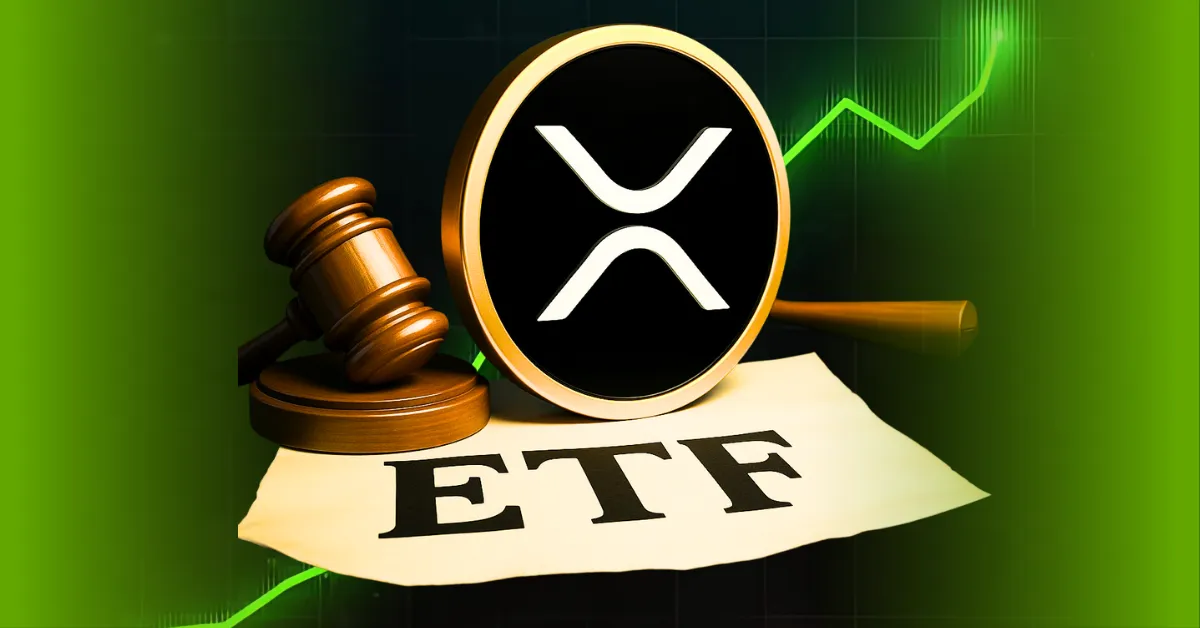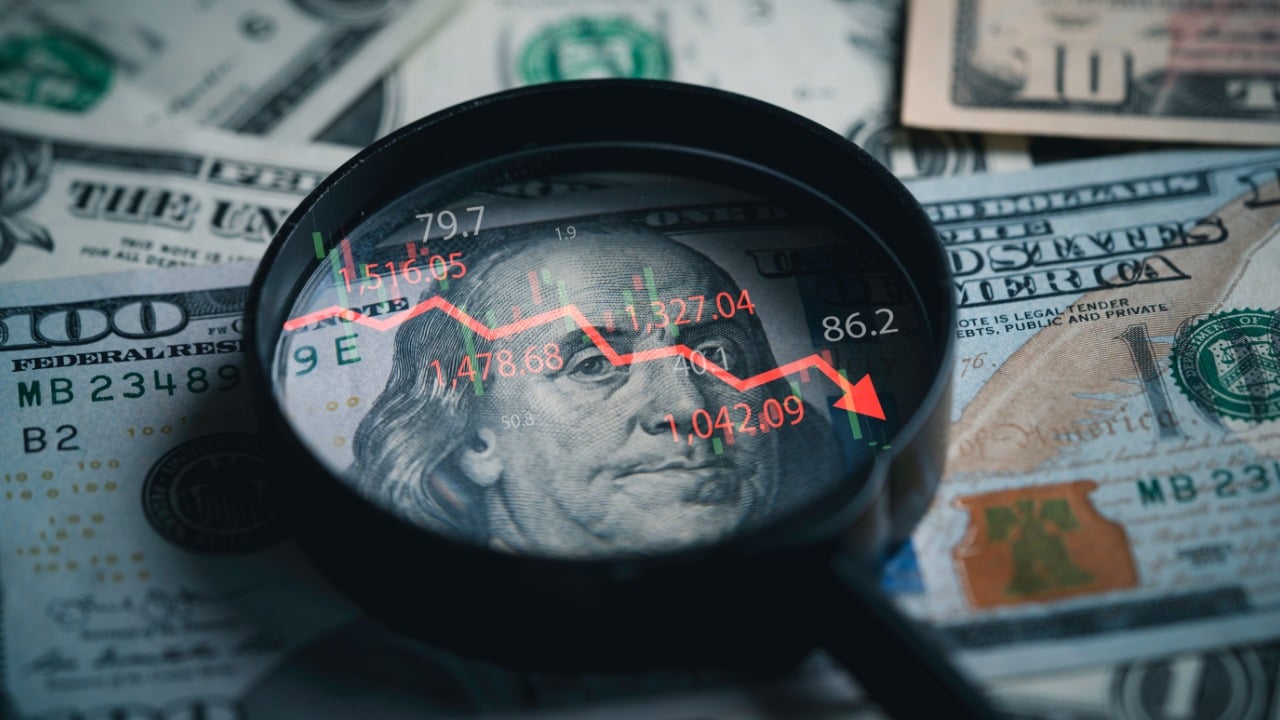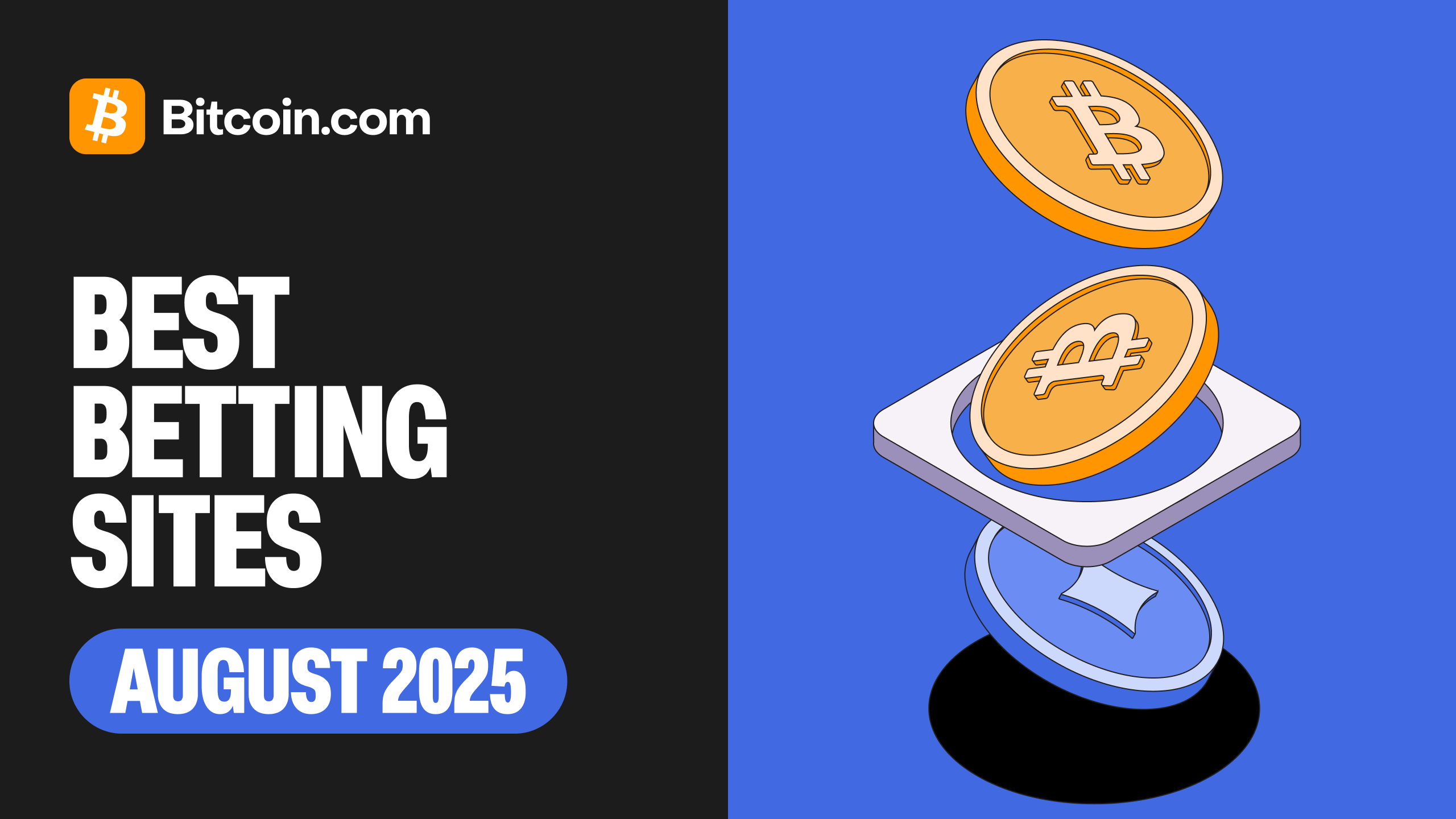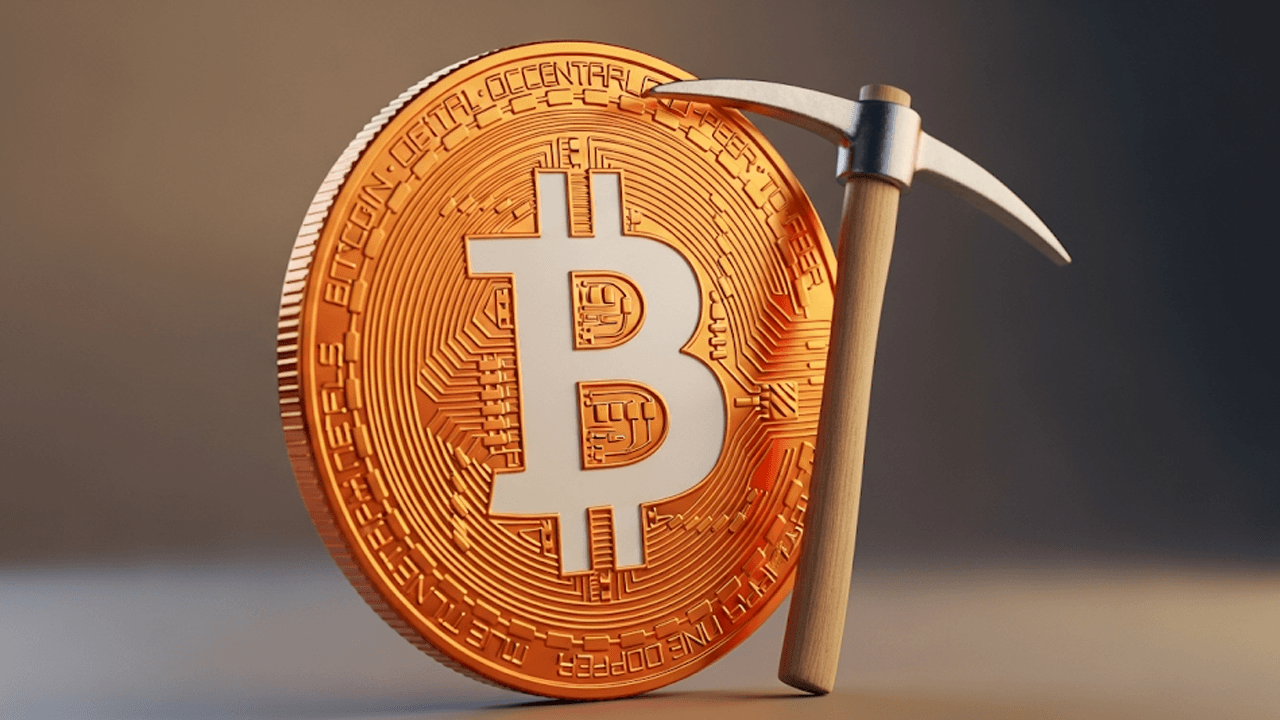The Ripple vs. SEC legal battle has been a defining narrative in the cryptocurrency space, with implications that extend far beyond the courtroom. The latest development—a refusal by Judge Analisa Torres to issue an “indicative ruling”—has left both Ripple and the SEC in a state of procedural uncertainty. This delay raises critical questions about the future of XRP, the prospects of an XRP exchange-traded fund (ETF), and the broader regulatory landscape for digital assets.
A Case That Won’t Quit
The legal battle between Ripple Labs and the U.S. Securities and Exchange Commission (SEC) began in December 2020, when the SEC alleged that Ripple’s $1.3 billion offering of XRP tokens constituted an unregistered securities sale. Ripple has consistently argued that XRP is a digital currency, not a security. After years of legal wrangling, Judge Torres handed Ripple a partial victory in July 2023, ruling that XRP is not a security when sold on public exchanges but that some direct institutional sales violated securities laws.
Despite this partial win, the case remains unresolved. The SEC has proposed a $125 million penalty, which Ripple has contested. Both parties have sought an “indicative ruling” to expedite a settlement, but Judge Torres’ recent denial of this request has left the case in limbo. Legal experts suggest that a resolution is still likely by late summer or early fall of 2025, but the delay has created uncertainty for investors and market participants.
The “Indicative Ruling” Sideshow
The request for an “indicative ruling” was a strategic move by both Ripple and the SEC to gauge the court’s stance on potential penalties and injunctions. Judge Torres’ refusal to issue such a ruling means that neither party can rely on an expedited settlement or immediate clarity. This procedural setback has prolonged the case, leaving both sides to continue negotiations while awaiting a final judgment.
The SEC’s willingness to reduce its proposed penalty from $125 million to $50 million suggests a potential path to settlement. However, the court-imposed ban on certain institutional sales of XRP remains a sticking point. Both parties have agreed to pause appeals pending a final decision, but the lack of an indicative ruling has left the outcome uncertain.
The Ripple Effect on XRP ETFs
The legal uncertainty surrounding XRP has significant implications for the approval of an XRP exchange-traded fund (ETF) in the United States. ETFs tied to spot cryptocurrencies have gained traction, with Bitcoin and Ethereum ETFs already approved. XRP, with its substantial market cap and liquidity, is a natural candidate for an ETF. However, the SEC’s ongoing legal battle with Ripple has created a regulatory logjam that could delay or prevent the approval of an XRP ETF.
The SEC’s control over ETF approvals means that any decision on an XRP ETF is contingent on regulatory clarity. Until the court provides a definitive ruling on XRP’s status, the SEC can cite “pending regulatory clarity” as a reason to delay or deny ETF applications. This uncertainty has already led to delays in the approval process, with the Franklin Templeton XRP ETF facing a decision deadline of June 17, 2025.
International Contrast and Market Reactions
While the U.S. regulatory environment remains uncertain, other jurisdictions are moving forward with XRP ETFs. Canada, for example, is set to launch the Purpose XRP Spot ETF on June 18, 2025. This highlights the contrast between the U.S. and international markets, where regulatory frameworks are more permissive.
The unresolved legal battle has also created a psychological overhang in the market. While secondary market sales of XRP have been deemed legal, the uncertainty surrounding institutional sales has deterred big-money participation. This has led to a cautious approach among institutional investors, who are waiting for regulatory clarity before making significant investments in XRP.
The Broader Implications for Crypto
The Ripple vs. SEC case is not just about XRP; it is a proxy for the larger struggle between regulators and digital finance innovators. The outcome of this case will set a precedent for how the SEC approaches future crypto securities cases. A too-draconian or too-lenient resolution could spark more litigation or congressional intervention, shaping the regulatory landscape for years to come.
For Ripple and XRP holders, the short-term impact of the legal delay is a volatile price action, with XRP bouncing on settlement rumors and stalling on judicial delays. However, once the case is resolved, the market is likely to see a resurgence in institutional interest and potential ETF inflows. This could provide a significant boost to Ripple’s payments technology and the broader crypto market.
Conclusion: Delays, Deadlines, and the Shape of Things to Come
While the recent delay in the Ripple vs. SEC case has throttled immediate hopes for a U.S.-listed XRP spot ETF, the finish line is in sight. Legal experts expect a meaningful resolution by late summer or early fall of 2025. When it arrives, the market is likely to see a wave of ETF filings, rapid price discovery, and a reshuffling of the crypto investment landscape.
The U.S. regulatory environment remains frustratingly slow compared to international jurisdictions, but regulatory clarity will eventually unlock the next phase for XRP and the broader crypto ETF market. Holders, pundits, and asset managers alike are watching closely, as the outcome of this case will have far-reaching implications for the future of digital assets.





